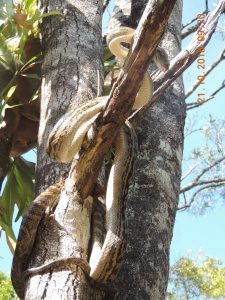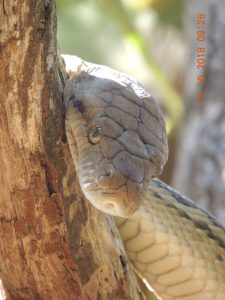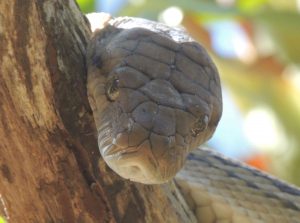Paluma Garden Competition 2018
On a sunny Friday 19th October, the judging of the 2018 Bunnings Paluma Garden Competition took place. Lynn Hyland accompanied the judges around the acreage blocks, whilst Jamie Oliver escorted the judges around the village gardens. Natalie Pace and her mother Denise, both past judges for the Townsville Garden Competition were our 2018 judges. Natalie held an Open Garden in September at her Rollingstone property and attracted 350 visitors. There really are many keen gardeners in Townsville. She is encouraging us to consider having an Open Garden event in Paluma next year. Well Paluma gardeners what do you think about this?
The Garden Competition winners were announced at our PDCA Social on Saturday 3rd November. They are:-
1. Best Business Garden Winner is Gumburu
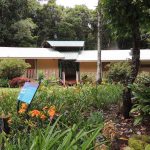
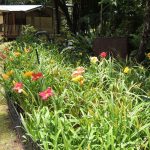
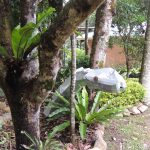
2. Best Acreage Garden Winner is Don Battersby


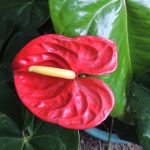
3. Best Residential Village Garden Winner is Nick and Glenda Van Rynswoud. The Alison Evans Memorial Trophy was also awarded to Nick and Glenda Van Rynswoud.
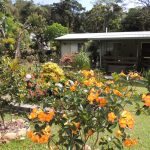
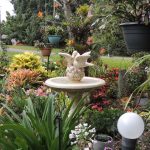
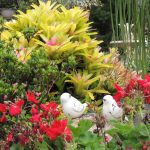
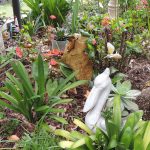
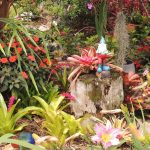

4. Highly Commended Residential Village Garden Winner is Peter and Dorothy Klump
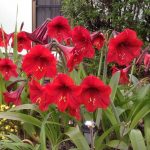
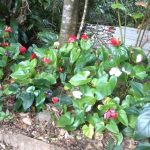
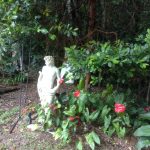
5. An Individual Plant, Garden Bed, Herb Garden or Vegetable Patch, Outdoor Space, etc Winner is Michele Bird
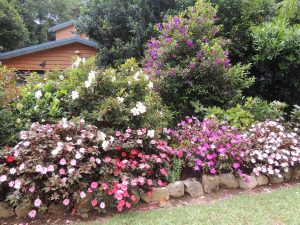
Paluma is blessed with a cooler climate than the coast and hence we are able to successfully grow many plants that aren’t seen in Townsville gardens. During the judging, some of the plants that were in full bloom were the spirea, hippeastrums, New Guinea impatiens, daylilies and orchids to name just a few. Do check out ‘What’s Flowering In Paluma’ on the website to keep abreast of the latest showpieces in Paluma gardens.
Article by Lynn Hyland with Photos by Michele Bird & Colwyn Campbell

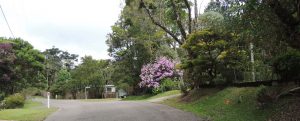 Paluma’s ‘Purple Haze’ – Tibouchina ‘Chameleon’
Paluma’s ‘Purple Haze’ – Tibouchina ‘Chameleon’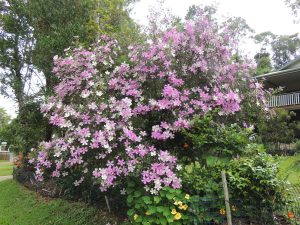
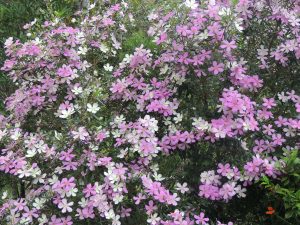

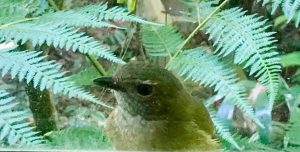
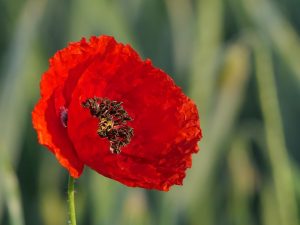
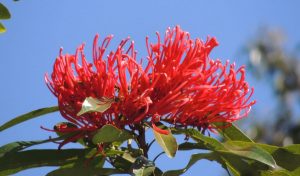
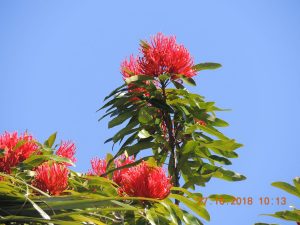
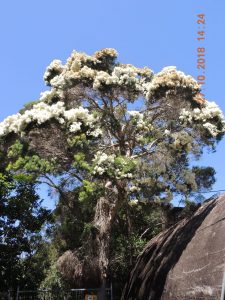 This small evergreen tree grows to a height of 6m to 10m. It is from the myrtle family and is endemic to New South Wales and Queensland. This particular specimen was planted in the early 1990’s (in 1993 or 1994) by long-time Paluma resident Kelly Davis. The trunk of this tree has thick sheets of papery bark. The flowers are a major attractant for bees, butterflies and birds.Unfortunately, the spectacular display of the ‘Snow in Summer’ will not last long; already some of the blooms are browning in the tropical heat.
This small evergreen tree grows to a height of 6m to 10m. It is from the myrtle family and is endemic to New South Wales and Queensland. This particular specimen was planted in the early 1990’s (in 1993 or 1994) by long-time Paluma resident Kelly Davis. The trunk of this tree has thick sheets of papery bark. The flowers are a major attractant for bees, butterflies and birds.Unfortunately, the spectacular display of the ‘Snow in Summer’ will not last long; already some of the blooms are browning in the tropical heat.
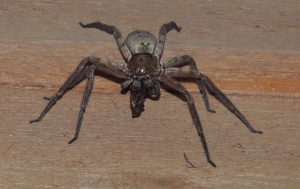
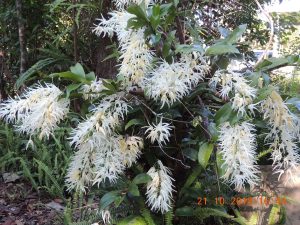
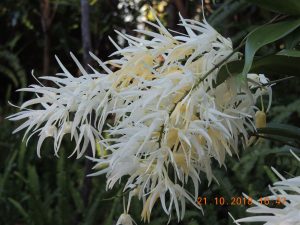
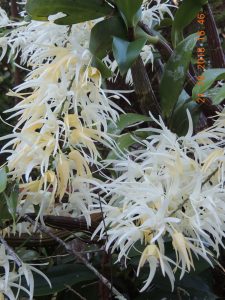
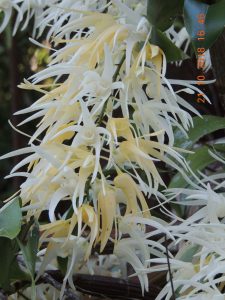
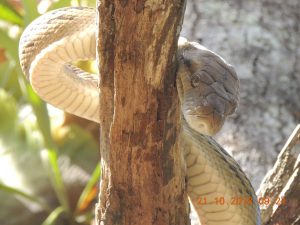 Taking a walk through the village of Paluma and surrounds often leads to encounters with the local wildlife. Last Sunday (21 October) during a stroll through the village on a beautiful sunny morning, we were lucky enough to come across a superb Amethystine Python (Morelia amethistina).
Taking a walk through the village of Paluma and surrounds often leads to encounters with the local wildlife. Last Sunday (21 October) during a stroll through the village on a beautiful sunny morning, we were lucky enough to come across a superb Amethystine Python (Morelia amethistina). 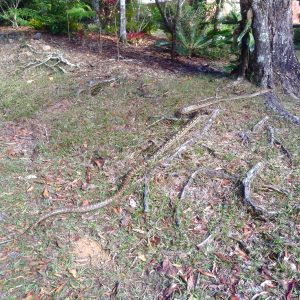 From a distance, we noticed what appeared to be a rather large tree branch extending onto Mt Spec Road at the eastern end of the cutting. Before long it became obvious that the ‘large branch’ was moving and that it was a snake that had settled quite comfortably on the road for a spot of sun baking. This sizeable snake extended across the entire width of the road and more. Fearing a vehicle might soon come along, we swiftly encouraged the snake to move off the road and it ascended a nearby tree. It was not too pleased about being disturbed from its lazy Sunday morning warm-up!
From a distance, we noticed what appeared to be a rather large tree branch extending onto Mt Spec Road at the eastern end of the cutting. Before long it became obvious that the ‘large branch’ was moving and that it was a snake that had settled quite comfortably on the road for a spot of sun baking. This sizeable snake extended across the entire width of the road and more. Fearing a vehicle might soon come along, we swiftly encouraged the snake to move off the road and it ascended a nearby tree. It was not too pleased about being disturbed from its lazy Sunday morning warm-up!